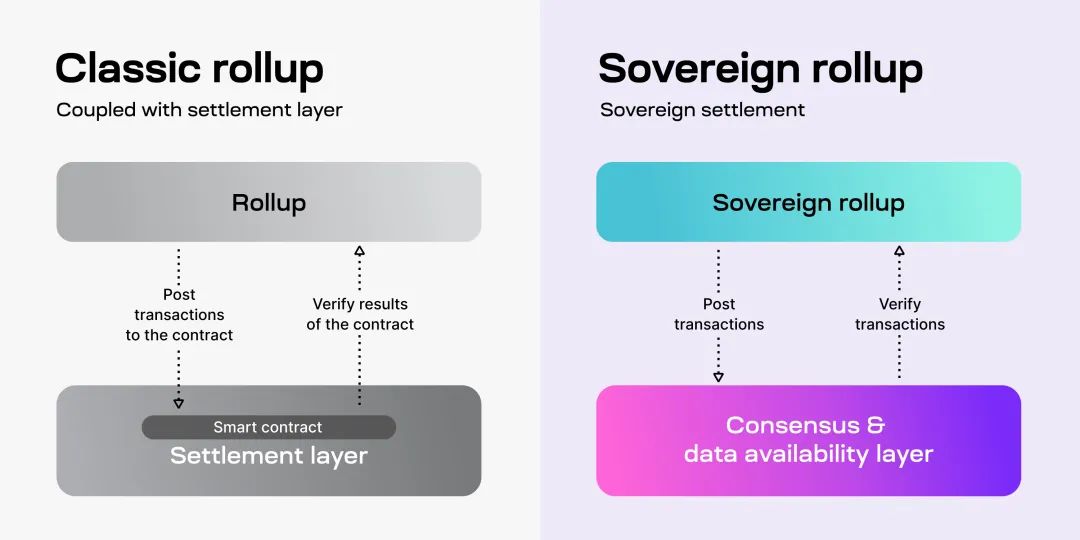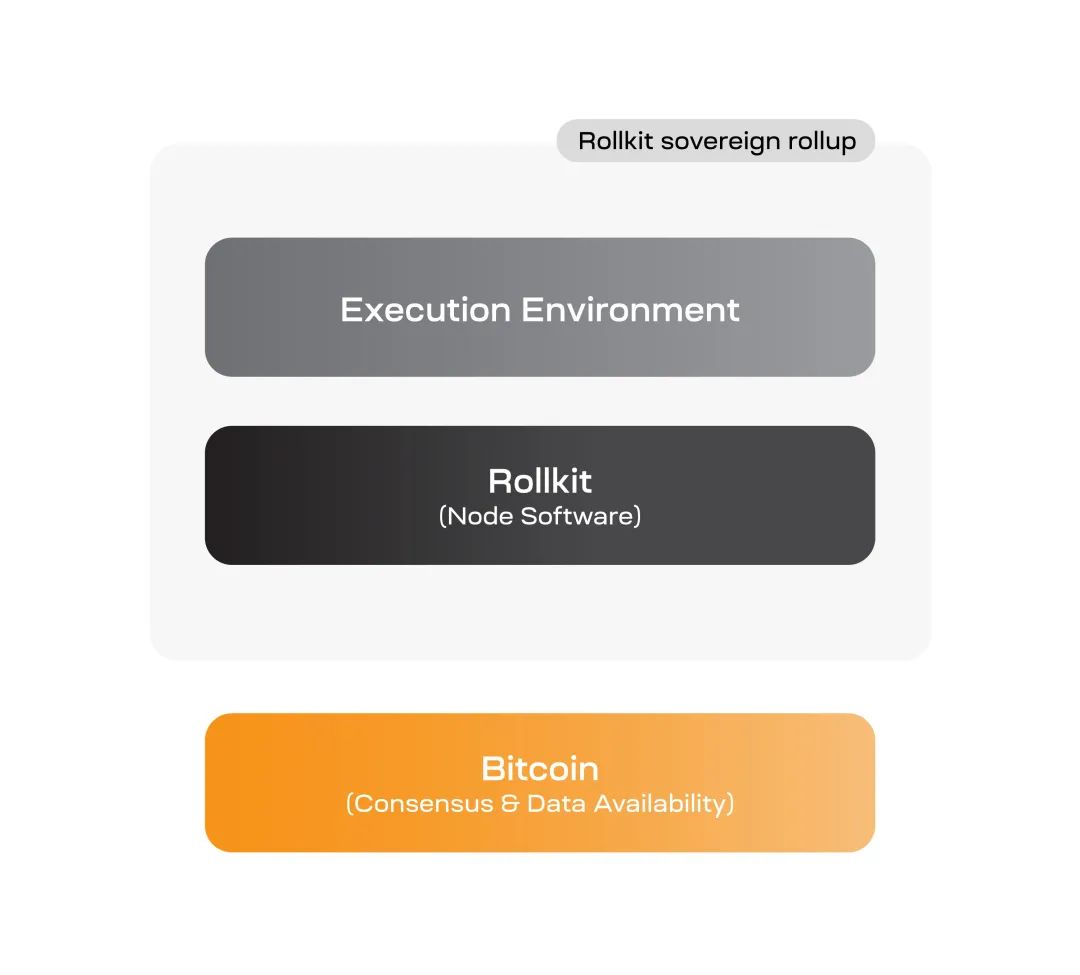
Author | Callum@Web3CN.Pro
Bitcoin, as the earliest and most popular blockchain, processes hundreds of thousands of transactions every day. However, in the initial design of Bitcoin, its decentralized framework prioritized security, which led to the oversight of scalability issues, causing people to only consider Bitcoin as a digital asset and a store of value.
While the security and decentralization of Bitcoin have always been its strengths, its limited transaction speed and scale have impacted the development of the Bitcoin ecosystem. In recent years, various solutions have emerged to address this issue and allow developers to build the entire Bitcoin ecosystem. Now, scaling solutions have become the focus not only of other blockchain networks but also of Bitcoin.
We discussed why Bitcoin needs to scale and introduced related Bitcoin Layer 2 solutions such as the Lightning Network and sidechains in our article exploring the BTC Layer 2 track and opportunities.
In this article, we will focus on another scaling solution for Bitcoin: Rollups. Compared to the Lightning Network and sidechains, Rollups have the potential to improve the scalability, privacy, and programmability of Bitcoin without sacrificing its core value and functionality as a peer-to-peer electronic cash system.
Necessity of Bitcoin Rollup
Rollups are usually associated with the Ethereum network. After transitioning to proof of stake in September 2022, the Ethereum blockchain became more centralized. Additionally, many Rollups actually rely on centralized sequencers for transactions on L2. Decentralization does bring higher security, especially in the case of Bitcoin, but as Bitcoin develops, the contradiction between decentralization and computing power becomes more prominent. The source of this contradiction lies in the increase in user volume and the computational load when verifying blocks, and the key to mitigating this contradiction lies in improving the scalability of the blockchain.
We previously discussed how the Lightning Network uses technologies such as multi-signature and Hash Time Locked Contracts to store data off-chain and batch multiple transactions into one for quick and inexpensive payments. Sidechains create a separate chain to lock Bitcoin from the main chain and process a large number of transactions without affecting the security of the Bitcoin main chain. Rollup, on the other hand, is an upgrade to the technical architecture or system of the Bitcoin network, optimizing data on-chain.
Rollup serves as a scaling solution for the first layer of the blockchain network. They move transactions off-chain for processing (usually on the second layer) and bundle multiple transactions into a batch before sending them back to the first layer. Smart contracts then verify the batch of transactions and update the blockchain's state.

This chart intuitively illustrates the layering of Bitcoin Rollup. In this example, there are two L2 Rollups: one specifically for data availability and the other for high-security payments and contracts. In addition to L2 data availability Rollup, there are also three L3 Rollups, each dedicated to different use cases: private p2p payments, financial contracts, and in-game asset ownership and transfer. Since L3 Rollups rely on L2 full nodes for data availability, their security can be considered lower than L2 Rollups that rely on Bitcoin L1 full nodes for data availability security.
Rollups are becoming increasingly popular because they increase transaction throughput while reducing transaction costs. This is because Rollups mean that the blockchain does not need to process thousands of transactions individually; technically, they only need to process one transaction. This is particularly useful for dApps, as they require frequent and fast transactions to operate effectively. This is why Rollup is considered a viable scaling solution for blockchains like Bitcoin.
Currently, the main types of Bitcoin Rollup include ZK Rollup and Sovereign Rollup.
Application of ZK Rollup on Bitcoin
ZK Rollup
ZK Rollup uses encrypted "validity proofs" to ensure that new Rollup blocks adhere to the rules of the Rollup protocol. Each time a Rollup block producer creates a valid Rollup block, the block producer submits state update transactions to the parent chain. Rollup state update transactions contain data on each state transition in the Rollup block, the new Rollup state root after the state transitions in the applied block, and a proof of data availability and the validity of the new Rollup state root. Only state update transactions with valid proofs are successfully advanced after confirmation on the parent chain.
ZK Rollup packages transaction data into the mainnet and submits a validity proof to prove the validity of these transactions. Upon receiving these transactions, the validity proofs are directly verified. If the proofs are valid, it means that the transactions are valid, and users do not need to wait when extracting assets.

In ZK Rollup, users reproduce all state changes based on the packaged data and verify them, but ZK Rollup publishes less data, only requiring the minimum data needed to reconstruct account balances and the latest state. This allows ZK Rollup to process more transactions simultaneously, reducing the computational and storage resources on the main chain, reducing congestion, and resulting in faster and cheaper transaction costs on the chain.
Scaling Improvements of ZK Rollup on Bitcoin
ZK Rollup increases throughput. As more and more transactions on the Bitcoin network need to be proven valid at each Rollup layer, the difficulty of creating the necessary validity proofs also increases. The solution ZK Rollup uses to create these proofs is to use recursive proof composition for parallelization. Recursion is essentially "proving the validity of proofs," so many computers can prove the validity of different transactions, and these proofs can then be combined into one proof, allowing multiple computers to simultaneously horizontally scale, helping to prove the validity of a transaction. SNARK and STARK proofs can both achieve trustless recursive proof composition.

In practice, this recursive proof allows the ZK Rollup account model to compress second-layer transactions, increasing scalability by increasing the number of transactions. The additional transaction capacity can be used to support more Lightning Network transactions, thereby increasing the number of users who can join and use the Lightning Network in a self-hosted manner, expanding the Lightning Network.
Application of Sovereign Rollups on Bitcoin
Sovereign Rollups
Sovereign Rollups differ from current Rollup designs. Previous Rollups, whether OP Rollup or ZK Rollup, required the use of smart contracts to confirm Rollup execution. However, Sovereign Rollups do not require smart contracts or a settlement layer, hence the name "Sovereign."
Observing OP and ZK Rollup, they tend to use L1 as the data availability layer and consensus layer. However, Sovereign Rollups only use the first layer to achieve data availability, ensuring a more direct connection with the base layer. The key difference between Sovereign Rollup and common Rollups is that it has a fork selection rule, allowing it to fork independently of its base layer. In contrast, a regular Rollup delegates its fork selection to its settlement layer, as it needs to ensure the correctness of the Rollup.

The core of Sovereign Rollup is a blockchain that publishes its transactions to the data availability layer to achieve consensus and data availability. The data availability layer does not ensure that Sovereign Rollup transactions are correct. It only sorts transactions and checks their availability. Previous OP and ZK Rollups relied on Ethereum smart contracts to check the correctness of their transactions, usually through fraud or validity proofs. In contrast, Sovereign Rollup allows nodes to decide whether transactions are correct, with nodes downloading all transactions and checking their validity. If a transaction is invalid, it is rejected.
Scaling Improvements of Sovereign Rollups on Bitcoin
Sovereign Rollup is currently the most popular solution for Bitcoin Rollups, and its main difference from ZK Rollup is that Sovereign Rollup is independent of the mainnet. While ZK Rollup uses the mainnet as the data availability layer and settlement layer, with related data stored on the mainnet and transactions verified by smart contracts on the mainnet, Sovereign Rollup only uses one layer of the blockchain as the data availability layer, without executing settlement on the first layer. Therefore, for Bitcoin, which has limited computing power, this solution is more friendly than ZK Rollup.
In this solution, using the modular framework of Rollup, developers can insert custom execution and data availability layers, and Sovereign Rollup manages its own execution and settlement, transferring consensus and data availability to the first layer of the Bitcoin mainnet. This solution does not require smart contracts or settlement layers for Rollup verification, and the second layer is not affected by attacks on the first layer of the mainnet, with its own consensus, making it more scalable.
In terms of application, in the future, Sovereign Rollup is more like a RaaS, using Bitcoin's data availability. Developers can create Rollups with arbitrary execution environments, inheriting Bitcoin's data availability and security. For example, the modular blockchain Celestia's modular Rollup framework product Rollkit integrates Bitcoin Sovereign Rollup data availability layer, enabling EVM to run on Bitcoin as Rollkit Sovereign Rollup, expanding the application of Rollup and helping Bitcoin open up a broader ecosystem market.

Conclusion
In the ZK Rollup solution, its security strongly depends on its relationship with its base chain. Various applications on ZK Rollups will be able to inherit the decentralization and security of the Bitcoin network and improve the scalability issues of the Bitcoin network's economic model. This relationship solves two key functions that other "off-chain" protocols lack: inherited double-spend security and secure two-way bridging. While it can bring benefits to Bitcoin including increased transaction throughput, better transaction privacy, and greater flexibility, these advantages are not without cost or risk, as it also bears the risk of Bitcoin software updates and consensus changes.
In the Sovereign Rollup solution, it has its own consensus and can operate independently of the first-layer blockchain, defining its own transaction validation and settlement rules, with higher autonomy. However, this independence also to some extent compromises the security guarantee of the first-layer blockchain, and due to the separate consensus mechanism, implementing Sovereign Rollup upgrades may be complex. The current development of Sovereign Rollup is still in the early stages, and it is worth our continued attention to see how future technology develops to enhance its security.
The development around Rollup proves that Bitcoin can become the base chain for more operations than before. Overall, whether on Bitcoin or any other L1, Rollup has changed the way we perceive on-chain transaction data, proof verification, and on-chain transactions involving large amounts of data, driving the latest discussions on how we store, read, and utilize on-chain data, providing another dimension to the discussion of Bitcoin scalability, especially as developers attempt to create a complete economic ecosystem on the Bitcoin blockchain. Rollup is still in its early stages, but its potential impact is promising.
References
https://bitcoinrollups.org/#section-5-building-validity-rollups-on-bitcoin
https://news.marsbit.co/20230712203211269888.html
https://www.odaily.news/post/5187931
https://rollkit.dev/blog/sovereign-rollups-on-bitcoin/
免责声明:本文章仅代表作者个人观点,不代表本平台的立场和观点。本文章仅供信息分享,不构成对任何人的任何投资建议。用户与作者之间的任何争议,与本平台无关。如网页中刊载的文章或图片涉及侵权,请提供相关的权利证明和身份证明发送邮件到support@aicoin.com,本平台相关工作人员将会进行核查。




